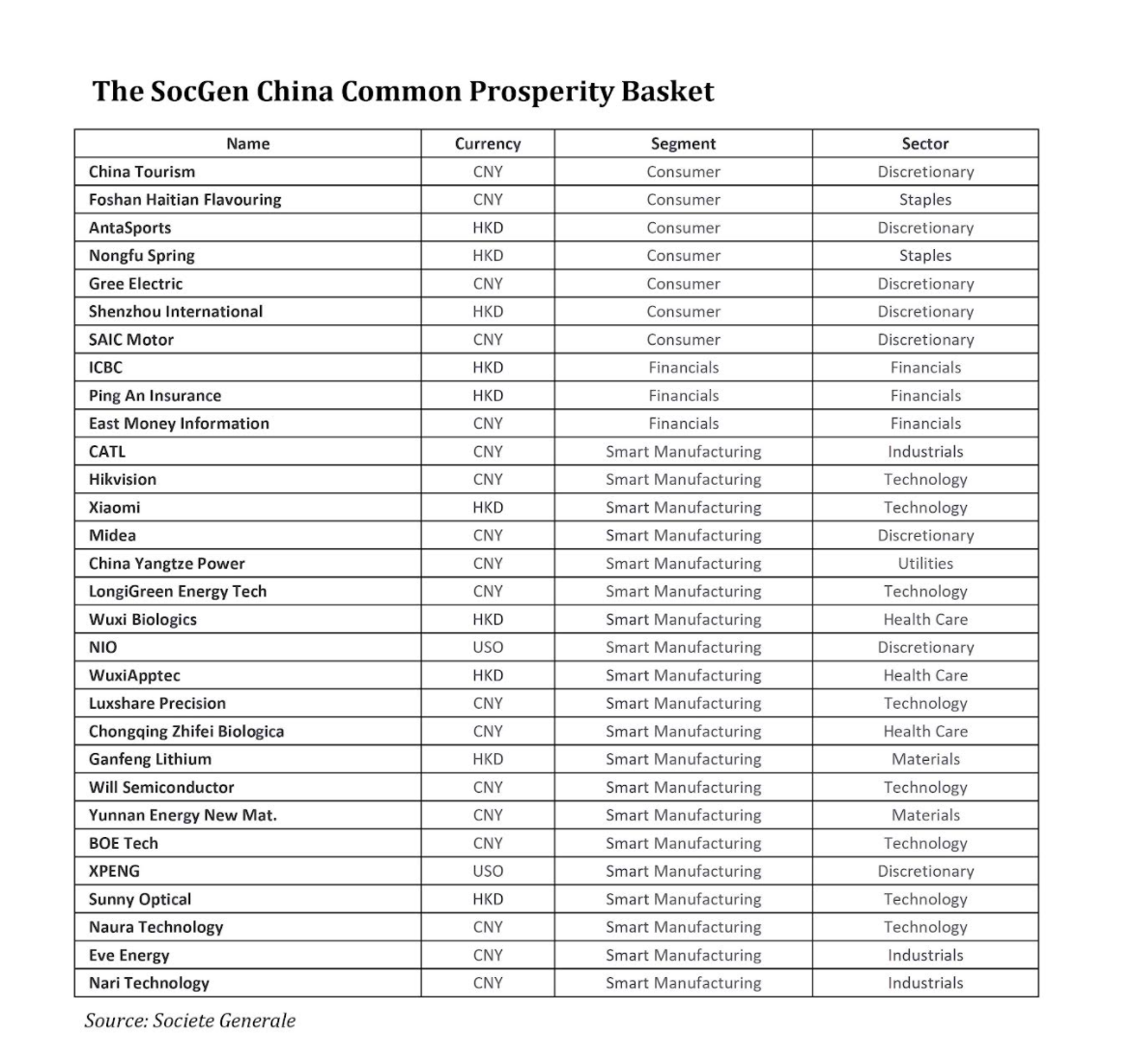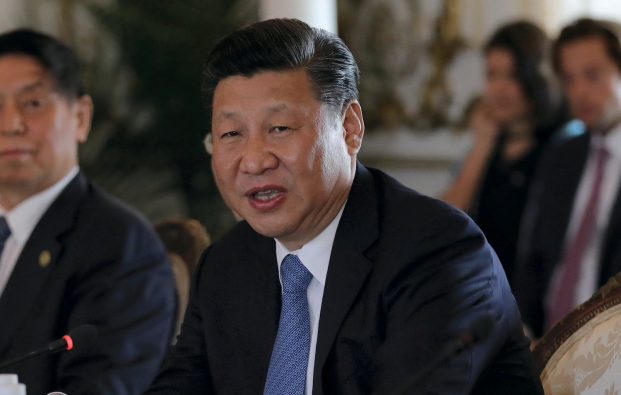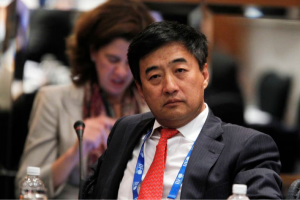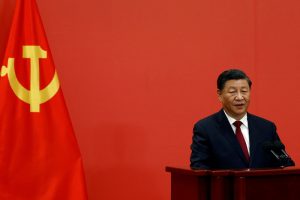(AF) The regulatory crackdowns triggered by Chinese President Xi Jinping’s drive for ”common prosperity” have turned what was always a risky stock market into a treacherous one.
The assault on everything from big tech to private tutoring firms and home prices have triggered alarm over what Xi’s ”profound revolution” means for investors. Decades after founding father Deng Xiaoping said it’s alright for some people to get rich first, China last week warned that its markets ”will no longer be a paradise for capitalists.’’
All the uncertainty has turned the Nasdaq Golden Dragon Index into a roller coaster. It plunged more than 50% by August 19 from its high for the year but has climbed more than 20% since then.
To help investors navigate these turbulent times, Societe Generale analysts led by Yao Wei, Paris-based head of Asia Pacific research, came up with a guide that includes a ”Common Prosperity Basket” of 30 stocks deemed the most likely to thrive in the years ahead.
Yao though warns that China’s policy shift will cause a redistribution of past and future economic benefits, ”which is bound to be unpleasant for some.”
”China’s policymakers are able to – and sometimes even prefer to – take quick (and even brutal) action to force behavioural changes, while they work out clearly defined rules,” she said. ”With policymakers still working on reform details, the process itself is still brimming with uncertainty. It will not be smooth sailing in the near to medium term.”
That said, here are SocGen’s key recommendations for investors during China’s era of common prosperity:
COMMON PROSPERITY INSIGHTS: Explainer: How ‘Common Prosperity’ is Changing China
Sectors of the Past
Assets at high risk and with weak outlooks include private tutoring firms, real estate, oil and coal. “They are simply sectors of the past,” say the SocGen analysts. Internet stocks are excluded, too, because “the regulatory clampdown is not likely to end in the short term, both with regard to platform content, data security and governance considerations,” they say.
Media plays are at risk because of strict data security measures and online retail companies are prey to antitrust and data swoops. Liquor and tobacco are to be shunned because policy now stresses the improvement of public health, while real estate is best avoided at a time when the country is aiming to reduce rising housing costs.
Offshore indexes and those with a large majority of offshore names are more exposed to policy risk, with MSCI China and the Hang Seng Tech the indexes carrying the highest risk, SocGen says. ”The large internet firms are all listed overseas, while hardware technology and biotechnology stocks tend to be listed onshore,” it says.
Top Picks
In SocGen’s basket of 30 stocks positioned to thrive amid ‘Common Prosperity,’ smart manufacturing companies account for two-thirds of the picks because those industries are likely to be favoured by Xi’s aim of ”fostering technological independence and ecological transition.” The basket also includes selected financial and consumer companies.

SocGen identifies five sectors that have both policy winds behind them and strong growth outlooks.
•New energy vehicles, electronics, home appliances and other electronics should gain policy support given the goal of upgrading manufacturing and transitioning to green energy.
•With policymakers aiming for carbon neutrality by 2060, renewables and storage are well placed.
•New materials related to batteries, chips, aerospace, and electronics will gain support as policymakers aim to overcome supply bottlenecks.
•New infrastructure in areas such as 5G, data centres, and EV chargers fits well with China’s ambition to become a manufacturing powerhouse.
•Semiconductors and hardware technology will help the nation reduce its dependence on imports and strengthen local manufacturing skills and capacity.
The STAR 50 and ChiNext indexes are considered those with the lowest risk of regulatory crackdowns.
SocGen said that while its basket of stocks would trade at a 4 percentage point premium to the benchmark CSI300 index, it considers that a price worth paying “given recent regulatory tightening (sometimes brutal) and the long timeframe we are focusing on: the Chinese Communist Party’s 20th Congress is slated for the autumn of 2022.”
The bottom line? If successful in raising productivity and improving the quality of growth, ”common prosperity” could yet support long-term equity investment, the SocGen analysts say.
By Kevin Hamlin and Mark McCord
Also on AF
Alibaba, Tech Titans To Invest Billions In China’s ‘Common Prosperity’ Plans
What Is China’s ‘Common Prosperity’ Drive and Why Does It Matter?
























